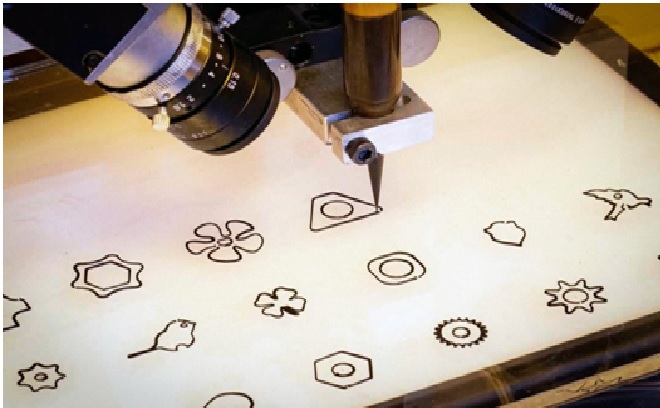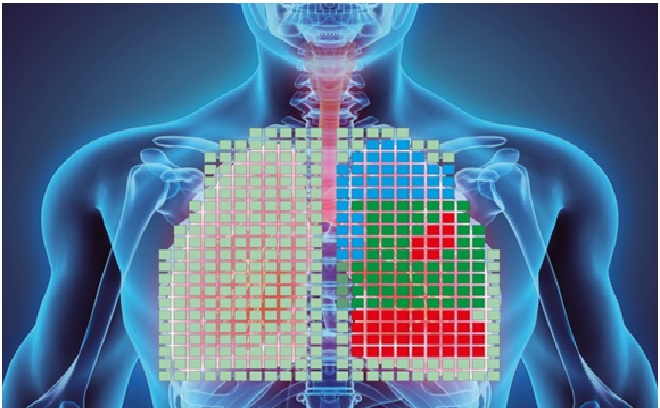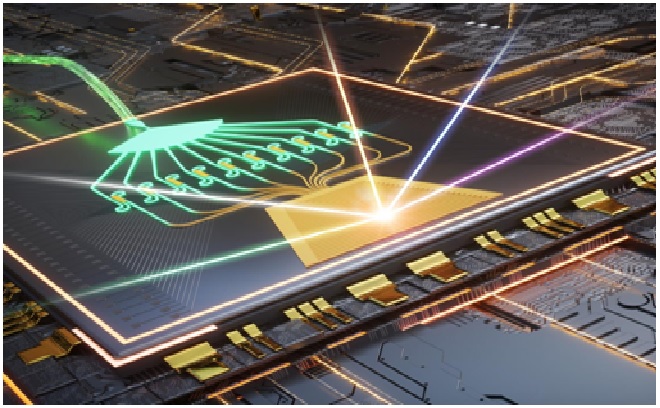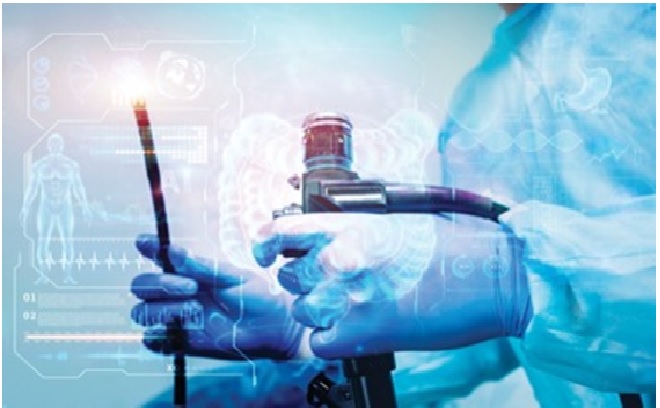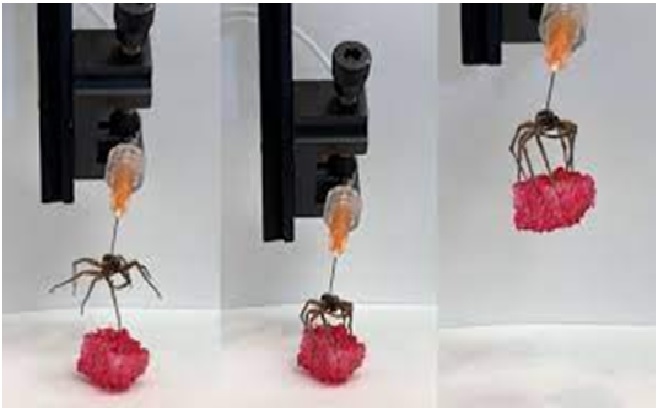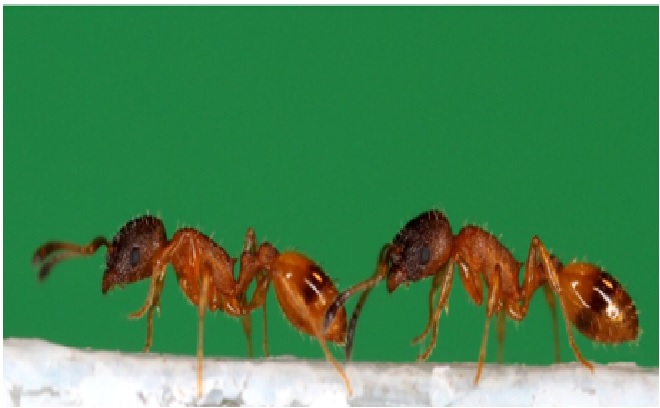A 'nano-robot' built entirely from DNA to explore cell processes
A nano-robot constructed entirely from DNA may sound like science fiction, but it’s the subject of serious research by scientists from Inserm, CNRS and Université de Montpellier at the Structural Biology Center in Montpellier.The robot is special because it will enable a closer study of the mechanical forces applied at microscopic levels which are crucial for many biological and pathological processes. [1]
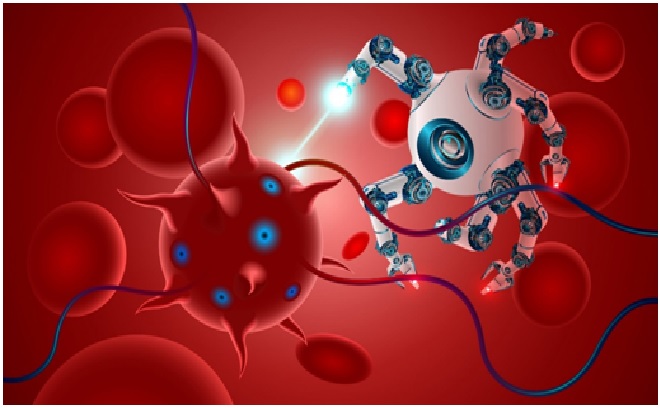
Figure 1. A 'nano-robot' built entirely from DNA to explore cell processes
Figure 1 shows the researchers wanted to create robots that could pick up and sort molecules within a designated space. This makes it possible for DNA molecules to serve as the building blocks for 3D nanostructures that self-assemble in a predetermined shape. Tiny DNA-based robots and other nanodevices will deliver medicine inside our bodies, detect the presence of deadly pathogens, and help manufacture increasingly smaller electronics.
This enabled the researchers to design a nano-robot composed of three DNA origami structures. To help it maneuver within the designated space, the robot had a “leg” with a pair of feet. An “arm” with a “hand” allowed it to carry cargo, and a third component was added to tell the hand when a specific drop-off point had been reached so it would know to release the cargo. It allows researchers to carry out the entire design truly in 3D. Earlier design tools only allowed creation in 2D, forcing researchers to map their creations into 3D. [2]
DNA origami structures
In order to propose an alternative, the research team led by Inserm researcher Gaëtan Bellot at the Structural Biology Center decided to use the DNA origami method. This enables the self-assembly of 3D nanostructures in a pre-defined form using the DNA molecule as construction material. Over the last ten years, the technique has allowed major advances in the field of nanotechnology. [3]
The future of nanorobotics
Bellot concludes: “The design of a robot enabling the in vitro and in vivo application of piconewton forces meets a growing demand in the scientific community and represents a major technological advance.“However, the biocompatibility of the robot can be considered both an advantage for in vivo applications but may also represent a weakness with sensitivity to enzymes that can degrade DNA.
“So our next step will be to study how we can modify the surface of the robot so that it is less sensitive to the action of enzymes. We will also try to find other modes of activation of our robot using, for example, a magnetic field.” [4]
References:
- https://www.openaccessgovernment.org/nano-robot-built-entirely-from-dna/140795/
- https://www.analyticsinsight.net/this-nano-robot-built-out-of-dna-will-study-cell-processes-closely/
- https://www.sciencedaily.com/releases/2022/07/220728075911.htm
- https://www.openaccessgovernment.org/nano-robot-built-entirely-from-dna/140795/
Cite this article:
Thanusri swetha J (2022), A 'nano-robot' built entirely from DNA to explore cell processes, AnaTechMaz, pp.159




